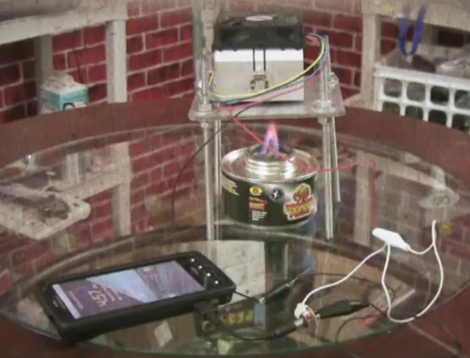Hackaday Prize entrant [Danie Copnradie] lives in South Africa where wildfires are a major problem. Every year, humans and animals are killed, crops are destroyed, and property is lost. The FireBreakNet project aims to deploy wireless environmental sensors that alert farmers, park rangers, and emergency personnel when fires break out.
According to [Danie], firefighting services are underfunded in South Africa, with farmers and their employees having to do a lot of the work involved in firefighting with their own equipment. Having access to a network of early warning sensors would allow for faster response times, saving money and lives.
The goals of the project include a low price, easy deployment, low power consumption, physical ruggedness, and scalability. Currently, [Danie] is testing Adafruit Feather as well as Texas Instruments LaunchPad for the brains of each node, taking readings from CO2 and temperature sensors, optical air quality sensors as well as optical flame sensors.




















